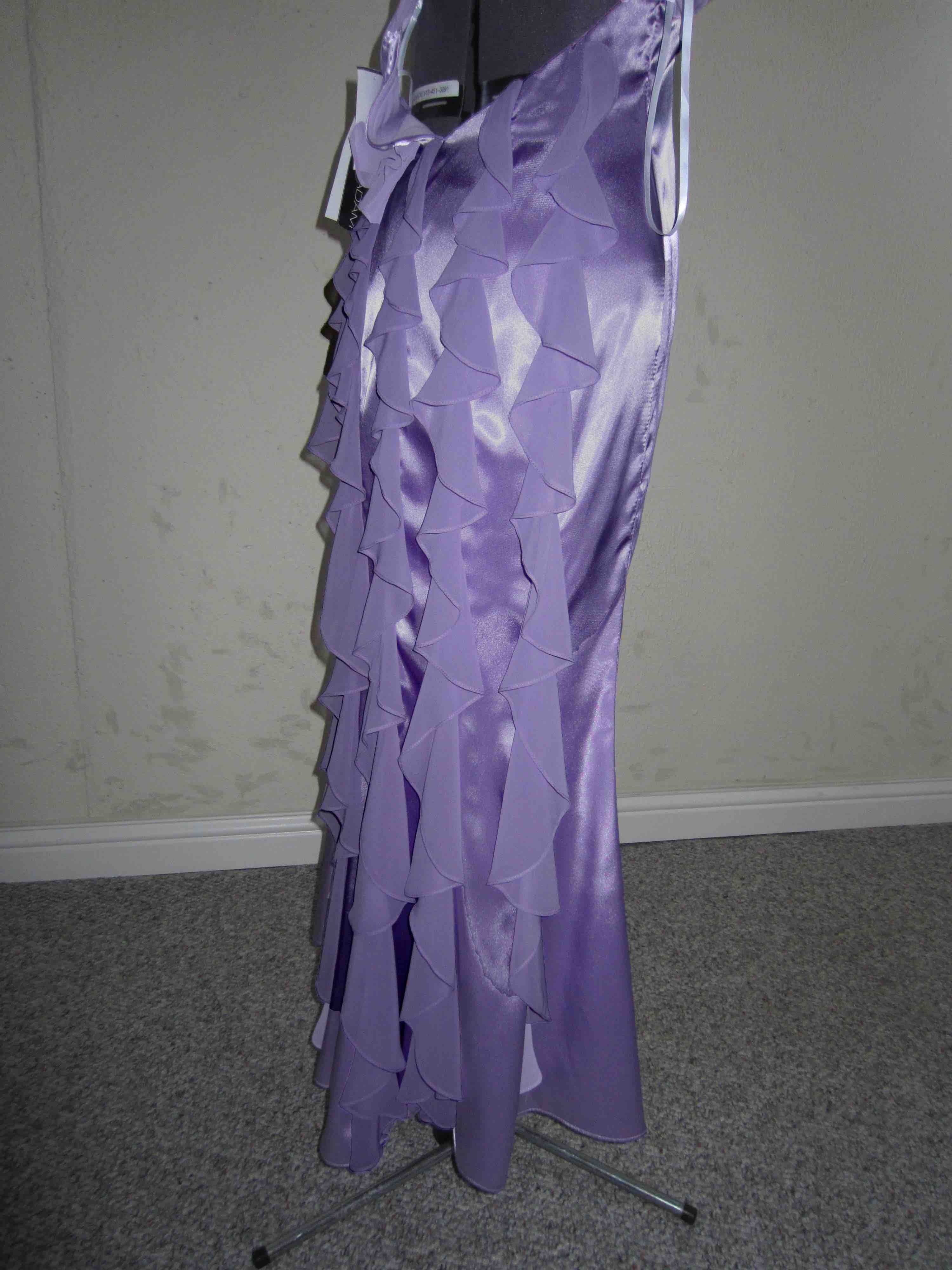Fitting Room Interviews
The fitting room is a great place to get to know your client. It is also a great place for you to get sucked into doing something you are not prepared for, or accepting a job that you will eventually regret. Preparing for some of the pitfalls that occur in that fitting room environment will help make you look more professional, get more desirable jobs, and even make more money!
Managing Client Behavior
We teach people how to behave by how we react to them. If you think about your choice of words, your body language and your overall image of yourself, you can control your image presentation. It will give you confidence and allow you to garner more respect.
Avoiding Embarrassing Moments
Over the years I have managed to embarrass myself on numerous occasions. My main goal in a fitting is to convey professionalism. Since I work out of my home, some folks automatically feel that I am just doing this for spare change. They are often surprised when I hand them a printed invoice complete with a business name and sales tax. I also give them several business cards.
Nevertheless, there are a few things I've learned along the way
- Make sure to have enough pins on hand. One of the prom dresses I worked on recently was 333 inches in circumference! That hem needed lots of pins.
- Use a tape measure that is long enough. My first client had a waist larger than my 60" tape measure. Ouch!
- Write down everything you agreed to do. Nothing kills your professionalism like handing over a garment that still needs work. Don't trust your memory.
- Label the client's garment. Yeah, you can see the problem here.
- Get all the customer info you need and then record it. People like to feel special, like they are your only client. Check your notes before the client returns and they'll love it when you mention something from their last visit.
For more tips on the conversation you have with a client in the fitting room, see my page on Emotional Baggage.
Control the Unexpected
Well, just kidding on this one. One thing you can expect is that the person's explanation on the phone is not what you are going to see when they enter your fitting room. What reality you see is anyone's guess. The only thing you can be sure of is that what is simple to your client is not necessarily a simple alteration.You need to explain this misconception up front. It will make it easier to charge for your time and look good in the process.
Here is an example.The girl says, "Can you shorten my formal? It's only one layer, no lining". Then she shows up with this! Shortening this dress means detaching each of the 9 ruffles, recutting 9 curves, shortening the main skirt, then reattaching 9 ruffles. It would be well over $100.00. She ended up taking the dress back. Whew!


Know Your Strengths
Not everyone is doing alterations with the same skill set. We are all on different levels, and we are all still learning. No two garments are exactly the same.
It's not shameful to refuse a job, based on the fact that it's beyond your expertise. You look human. It's nice to provide a referral, or some other solutions for the client. Some times the fitting room is the place to convince the client that their requests are unreasonable. But if they are reasonable and you are uncomfortable doing something, now is the time to admit it. You and the client will be happier in the long run. Trust me on this one.
Things to Look for Before the Client Leaves
- Is the bottom of the zipper seam in tact?
- Are the hooks and eyes and buttons tight?
- Is the garment pressed?
- Have you done everything the client requested?
- Are all loose threads snipped?
- Is the garment bagged?
- Has the client paid?
- Did you give the client some of your cards?
- Did you ask the client to come back?
- Did you ask for a rating or a referral?
Warnings Help You Minimize Returns
Tell the client about things that are likely to be different than their expectations. Though you might think you are making yourself look bad, if you phrase things right, you actually improve your professionalism.
Tell brides that bustles rarely hold throughout the entire reception. Grooms usually step on the train or it gets hung up under the chair back.
Tell clients with formals that invisible zippers are not meant to take all the stress they are given. If the dress is very tight, there is a chance of popping that zipper.
Tell brides that their gown will get wrinkled, even before they put it on.
Tell mothers of the bride anything that will put them at ease. Or anything they want to hear!
Return to the Home Page from this page about Fitting Room Interviews